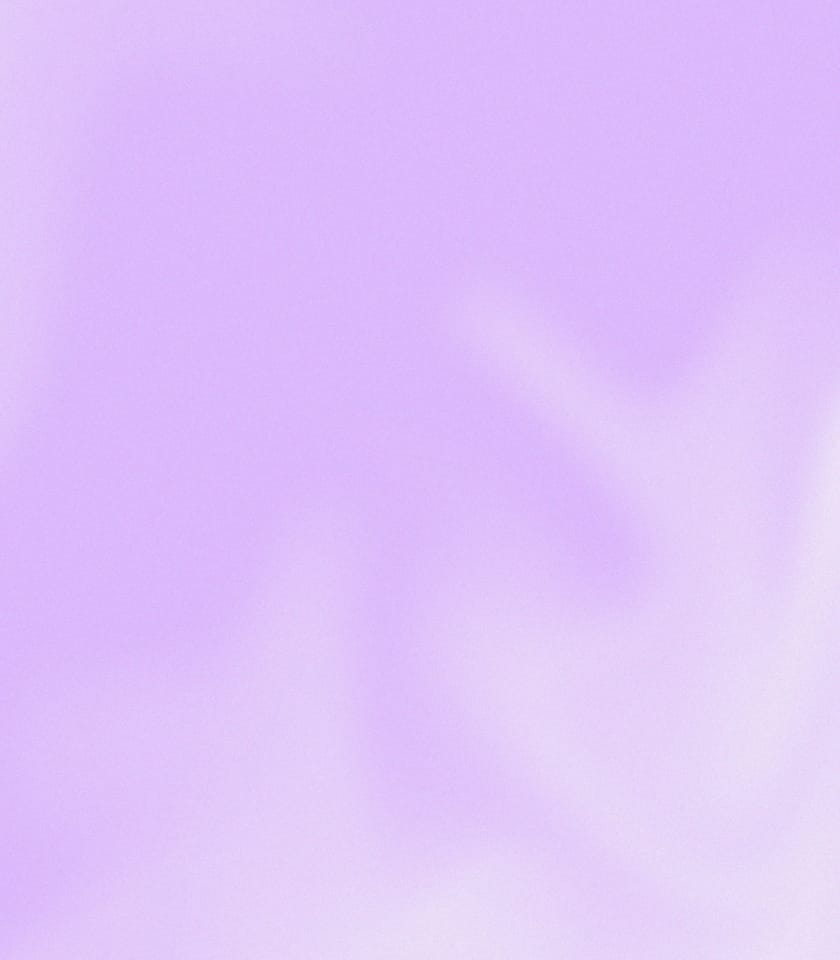Accountants have always been comfortable with numbers. But with the adoption of ChatGPT and AI assistants like Trulli, effectiveness and precision with language are becoming increasingly important. Your prompts don’t just “ask a question” – they’re controls that shape the accuracy, transparency, and reliability of AI outputs.
You should think about prompting Trulli the same way you think about working with an intern or a new colleague. When you onboard a new colleague, you don’t hand them a vague task like, “Look into this contract.” You give them a clear brief: the context, the documents, and expected output.
The quality of your instruction and guidance often has a direct correlation with the quality of deliverable that comes back for your review.
How AI responses work (and what that means for accounting prompts)
Trulli isn’t a database that looks up answers, and it’s not programmed line-by-line either. It’s built on a large language model (LLM) trained on vast amounts of text, which means it recognizes patterns and generates responses one step at a time.
Each response is the outcome of billions of micro-calculations. Here’s what that looks like in practice:
Pattern recognition, not memory
Trulli doesn’t “look up” answers from anywhere. It identifies patterns in the data you provide and applies strategies learned during training. When you upload a lease agreement, Trulli detects structures, terms, and relationships, and then applies them in context.
Takeaway: Always upload the relevant files (contracts, reports, spreadsheets) before asking your question. That way, Trulli is analyzing your data, not guessing from general knowledge.
Reasoning in steps
Trulli generates responses one piece at a time, building them word by word. That’s why stepwise AI prompts (“Identify the contract terms” → Apply ASC 606 → Draft the revenue recognition schedule”) work so effectively: you’re mirroring the way the model generates outputs.
Takeaway: Break complex requests into smaller, sequential prompts instead of one big ask. For example:
- Summarize the key terms of this revenue contract.
- Based on those terms, explain the correct accounting treatment under ASC 606.
- Draft the related revenue recognition schedules.
Probabilistic answers
Trulli doesn’t decide what’s “true.” It predicts what’s most likely to come next, given your data and instructions. If the context is too broad, the answers can get less precise. Try to ground the model with as many standards, data, and instructions as possible.
Takeaway: State the framework (IFRS/US GAAP), period (e.g., Q2-2025), and lens (management vs. audit file) up front.
Context as the lens
Your framing sets the lens. The same contract can be explained differently for different audiences, and yield different outputs depending on whether you ask for “high-level summarization for management” or “technical analysis for the audit file.”
Takeaway: Be explicit about both audience and role. Specify not only the target audience (e.g., management vs. auditors) and the desired tone/level of detail, but also assign Trulli a perspective (e.g., You are the VP of Internal Audit).
A note on AI’s limitations
Because Trulli is trained to always generate a response, it may sometimes “hallucinate” – filling gaps with information that isn’t in your data, based on the most statistically likely continuation. This isn’t a flaw unique to Trulli. It’s how all language models work.
To help minimize this risk, we’ve built safeguards into Trulli that encourage it to decline to answer a question instead of hallucinating.
Your prompts are also an important safeguard. By starting with your data first, and then giving precise instructions, you keep outputs tied to evidence and reduce the space for speculation.
The prompt-as-a-brief framework for accounting tasks
Strong prompts unlock stronger results. The most effective way to guide Trulli is to think of each prompt as having a clear anatomy – a framework we use here at Trullion.
This framework breaks down a prompt into seven elements:
- Role: Define who you want Trulli to “be” in this interaction (e.g., auditor, technical writer, contract analyst).
- Task: State what you want Trulli to do (e.g., summarize, reconcile, compare, draft).
- Context: Provide the relevant background information, rules, or standards Trulli should consider.
- Reasoning: Outline the step-by-step approach you want Trulli to follow (e.g., extract → assess under standard → draft schedules).
- Format: Specify how you’d like the output delivered (e.g., bulleted list, table, draft disclosure note).
- Constraints: Set any limits or boundaries (e.g., no jargon, under 200 words, IFRS-only references).
- Stop condition: Define when to stop or what to do if information is missing (e.g., mark MISSING; don’t infer).
Example prompt
Role: “You are a Revenue Analyst at [Company Name], with deep expertise in ASC 606 and contract review. Your role is to extract key terms, highlight unusual provisions, and flag potential accounting implications in clear, concise language.”
Task: From the uploaded agreement:
- Summarize key terms plainly.
- Extract accounting data points (names, dates, consideration, billing, performance obligations, renewals/mods, acceptance/returns, termination, pricing adjustments).
- List any non-standard terms you find.
- Suggest potential ASC 606 implications of those non-standard terms.
Context:
- Source: Trullion doc Revenue_Contract_<ID> only.
- Entity <Name>; Currency <USD, thousands>; Period quarter ended 30-Jun-2025.
- If not explicit: write MISSING and cite the clause number.
Reasoning:
- Identify promised goods/services and performance obligations.
- Capture who/what/when/amounts (counterparty, effective/term dates, list price, discounts/rebates, milestones).
- Flag unusual terms: bill-and-hold, take-or-pay, minimum commitments, reseller wording, side letters, or significant financing.
- For each unusual term, provide a short “Possible ASC 606 impact” (e.g., [variable consideration], [timing of revenue], [principal vs. agent]).
- Keep analysis tied only to the uploaded contract. Don’t pull from external information.
Format: Organize the output into four sections, in this order:
- Key terms: Bullets with field, value, and clause reference (10–12 bullets).
- Accounting data points: Compact bullets covering contract parties, term, obligations, transaction price, billing/payment, returns/warranties, acceptance, modifications, and non-cash consideration.
- Non-standard terms: List each item with the clause reference.
- Potential ASC 606 implications (suggestions): One line per non-standard term, tied to the relevant accounting concept. For example:
- “Reseller wording (Clause 2.4) — could indicate principal vs agent; check control indicators.”
Constraints: Use clear, professional accounting language. Don’t speculate or include information outside the contract.
Stop conditions: Return all sections. Every fact must be tied to a clause reference. Unknowns must be marked MISSING. Do not invent or infer data beyond what is provided.
Prompting techniques in Trulli
1. Provide the rules and context up front. Name the framework (US GAAP/IFRS), period, data source, and perspective (“client disclosure,” “audit file”) in the opening line – all the references and rules Trulli needs to ground responses in your actual data and use case.
You can also begin with a role or rule set that frames the whole task, so Trulli stays consistent across the entire task. For example: “You are an external auditor reviewing contracts for IFRS 15 compliance. Always cite the relevant standard. Highlight risks if a journal entry could be misstated.”
2. Use examples. Showing Trulli a couple of examples makes it more likely to mirror the format, tone, or level of detail you want. For example: “Here are two sample revenue contract summaries. Notice the bullet style and closing disclosure paragraph. Please apply the same format to the attached contract.”
3. Guide the style and scope. Trulli adapts to your instructions. You can:
- Define the role: “Act as an external auditor reviewing this contract.”
- Set constraints: “Keep this under 200 words.”
- Shape the format: “Output the key changes in a two-column table: ‘Original’ vs. ‘Updated.’”
- Exclude what you don’t want: “Summarize this, but leave out raw numbers.”
- Give Trulli a partial answer and let it continue – especially helpful for disclosures, notes, or templates: “Draft a disclosure note. Start with: ‘The Company has entered into a revenue agreement…’ and complete the rest under IFRS 16.”
4. Explore multiple angles. Don’t settle for one perspective. You can always ask for variations or different levels of depth to surface blind spots:
- “Explain this accounting treatment in plain language for management and also in technical terms for an audit file.”
- “Suggest three ways to rephrase this audit question—one for cutoff, one for accruals, and one for data specifics.”
5. Treat prompting as iterative. The first response isn’t always perfect. Refine by testing, reviewing, and adjusting, or follow up to test Trulli’s reasoning:
- “Good start – can you expand only on disclosure requirements?”
- “Does this lease modification comply with IFRS 16? Why or why not?”
- “What risks should I watch for if this journal entry is recorded incorrectly?”
6. Remember: Your words are the controls. With most SaaS tools, you navigate through dashboards and click buttons to get results. With Trulli, you get results through your prompts.
Treat them like working papers: clear, precise, and ready for someone else to follow and review. For more general best practices, see prompting guides from Anthropic and OpenAI.
AI prompting as a professional skill
AI prompting is no longer just a tech trick. In accounting and audit, it’s a professional skill. Strong prompts reduce hallucinations, enforce alignment with standards, and create traceable outputs.
Great prompting in Trulli gets results that aren’t only accurate and useful, but also auditable. Perfect that skill now, and you’ll be ready for where the work is going.
Book a demo to save hours on your next task.






